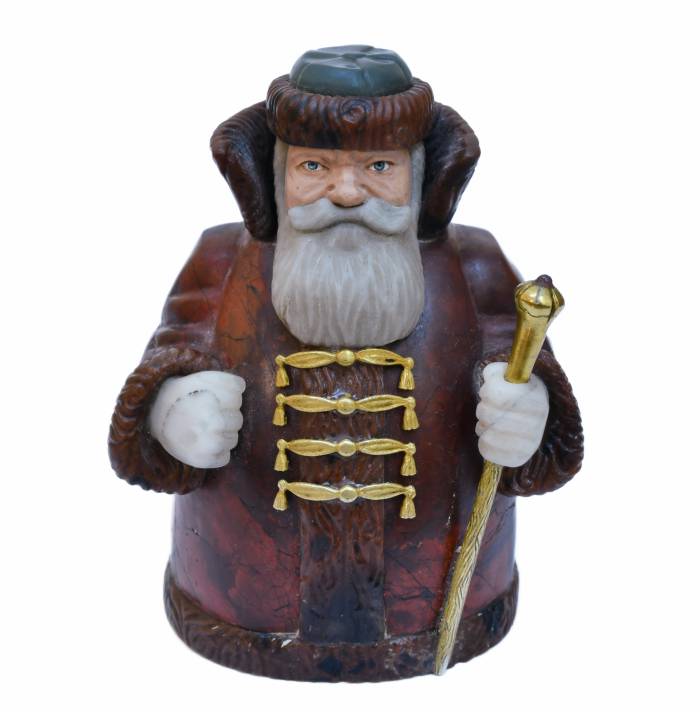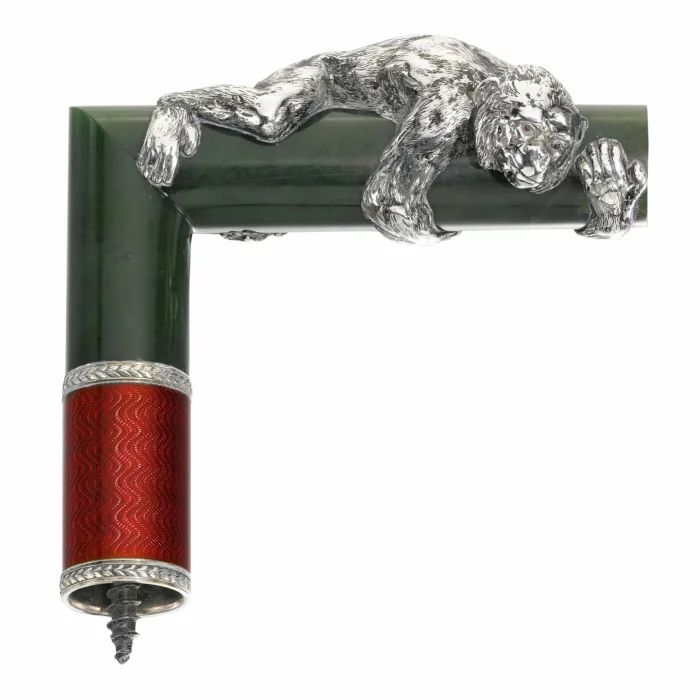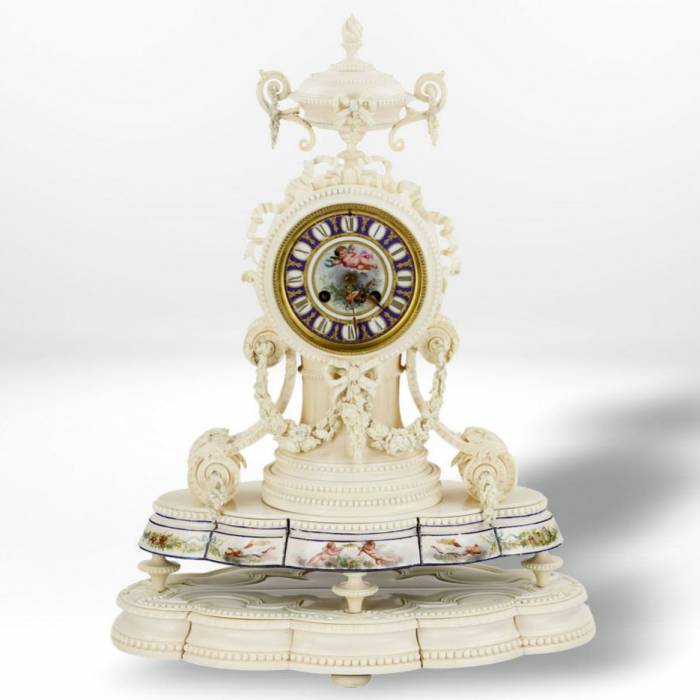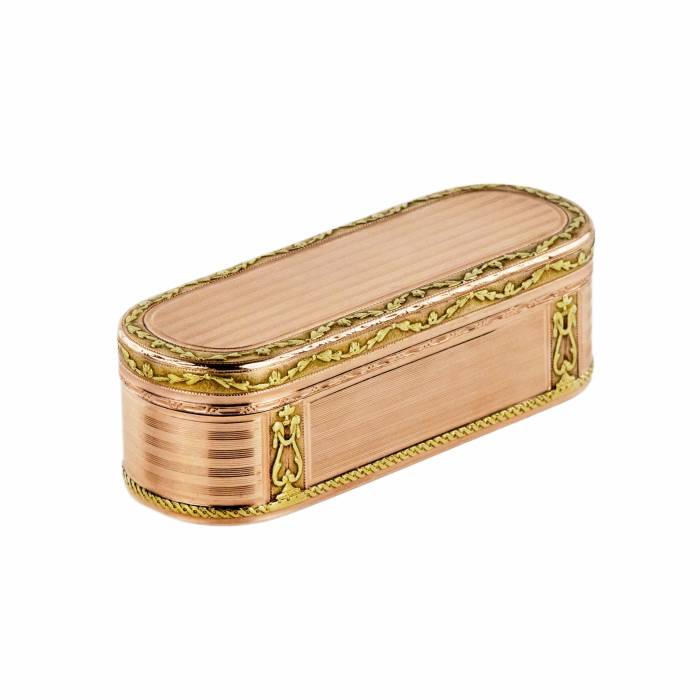
AntiqonART consultant will contact you within one business day after receiving your request.
Thank you for your request!
Our consultant will contact you soon.

AntiqonART consultant will contact you within one business day after receiving your request.




Attribution & Expert Opinion:The figurine is authenticated as a genuine Fabergé object, produced during 1915–1917 at the Fabergé stone-cutting division. The attribution is confirmed by Professor Valentin Skurlov, leading Fabergé scholar, honorary academician of the Russian Academy of Arts, and Christie’s Fabergé expert.This sculpture belongs to the rare category of realistic Russian character figures, created by the Verfel-Kremlev school of Fabergé craftsmen. It stands out for its vivid personality, fine detail, and masterful material use.
Historical Context:During World War I, the Fabergé firm intensified its focus on hardstone artworks, using native Russian stones in response to wartime shortages. In 1915, a new stone-carving workshop was established under Peter Kremlev, employing more than 20 skilled artisans. By 1916, the firm also collaborated with Alexey Denisov-Uralsky, whose workshop produced monumental and multi-figure hardstone groups.These figurines were often commissioned as diplomatic gifts, prized for their charm, realism, and exceptional quality. Surviving examples in their original Fabergé cases are exceedingly rare.Artistic and Collectible Value:The Boyar is a museum-quality object, representing the pinnacle of Fabergé`s late Imperial lapidary production. With its artistic refinement, historical significance, and rarity, it holds exceptional value for collectors and institutions alike.











